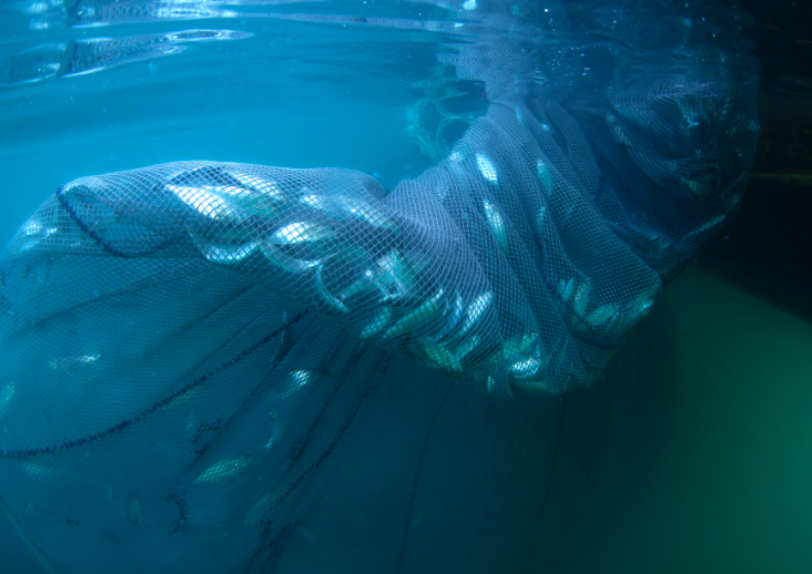Fish and other seafood constitute the means of existence for coastal societies around the world. Three billion people get more than 20 per cent of their protein intake from fish, and more than 12 per cent the global population depends on the sea for their livelihood, according to the UN Food and Agriculture Organisation (FAO).
Today, at least 30% of the world’s fish stocks are overfished.The economic cost of overfishing is 83 billion USD per annum.
Destructive fishing methods such as ghost fishing (fishing equipment that continues to catch fish after it has been lost from a fishing vessel), incorrect use of nets, and bottom trawling in vulnerable regions are challenges. There is poor or complete lack of fishery management systems and fishing quotas that are set higher than researchers recommend.
Modern fishing equipment is very effective at catching fish. Unfortunately, in the process, other unwanted species such as whales, dolphins, seals, seabirds, sharks and other fish are caught. These other animals are what we call by-catch, and they are often thrown back into the sea, injured, dying or already dead. Illegal, unreported and unregulated (IUU) fishing costs up to 23 billion dollars annually, while weak local or regional management threatens the marine resource base, undermines public administrations and encourages corruption.
What can be done?
Cooperate with fishermen, fisheries managers, governments, fish buyers, fish sellers and consumers to consider and adopt more selective fishing methods. Strengthen the management of fisheries around the world, and have observers on fishing vessels document by-catch and learn more about where, how and why by-catch occurs. In addition, fish buyers and consumers should be advised to choose fish from sustainable fisheries with minimal by-catch.
REV – Prioritized areas for research and innovation:
- Fishing equipment that can effectively select between target species and by-catch species.
- Fishing gear for bottom trawling that does not destroy flora and fauna on the ocean floor.
- Fishing technology that ensures that species that are caught as by-catch survive when they are released back into the ocean.
- Multi-stock models for use in fisheries management that include the interaction between different species and stocks, both commercial and non-commercial, and between species and their habitats.
- Fisheries technology to simplify the real-time surveillance of species and stocks.
- Environmentally sound methods for detailed mapping of the water column and seafloor, particularly for use on ships that are in transit (between harbours)
